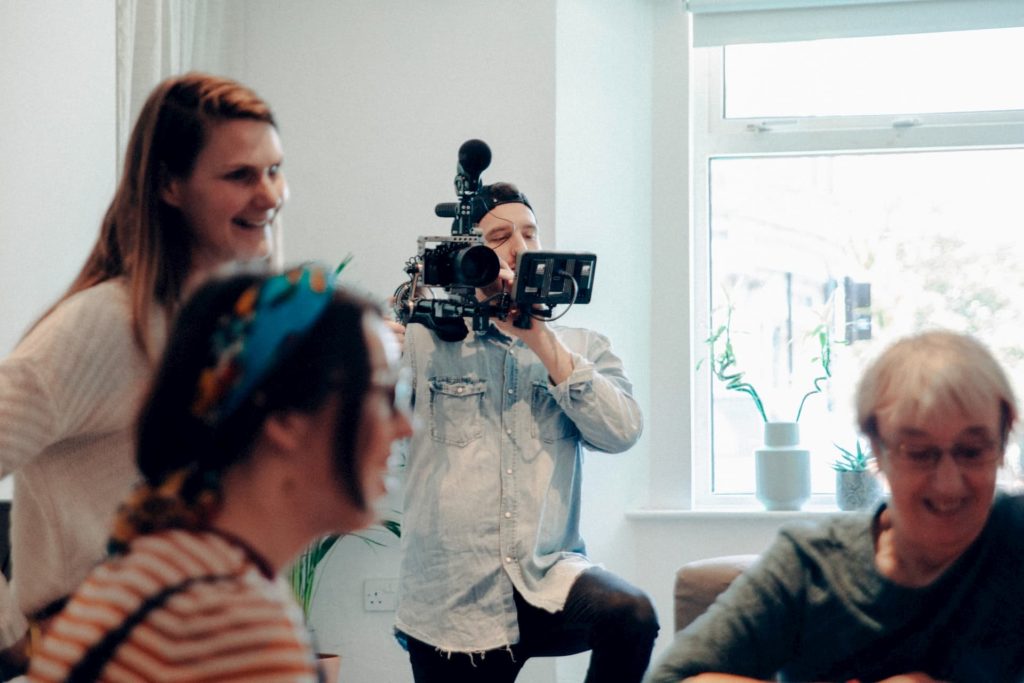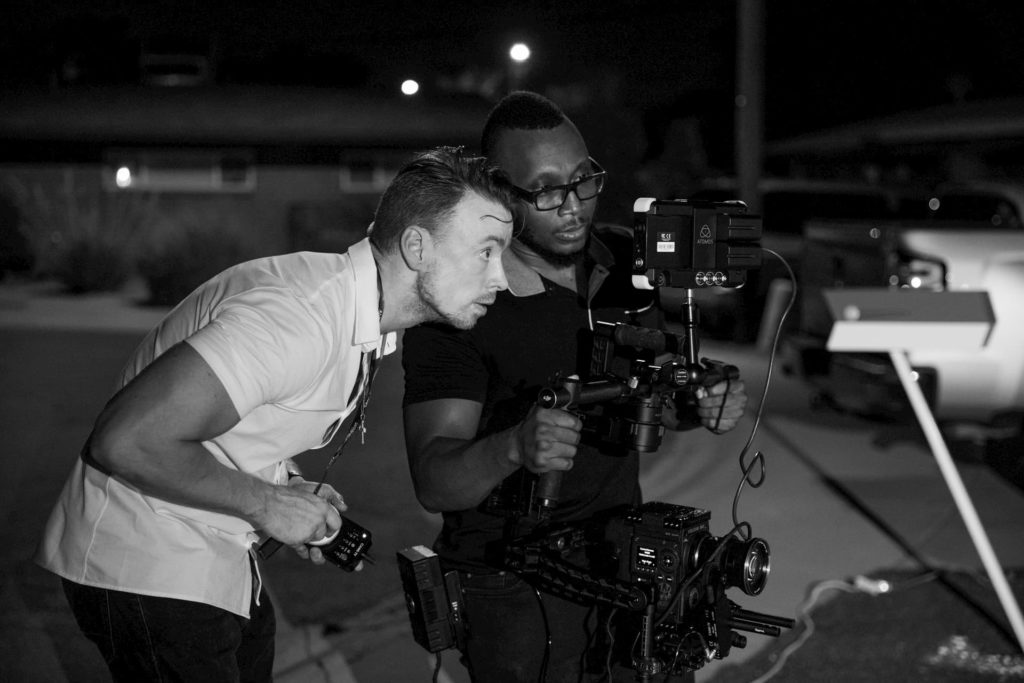How to Create Your Film Budget with a Production Schedule
So, you’ve finished your script and you’re ready to take it to the screen. Bravo! The hard part is done — now it’s time for the fun stuff.
Well, actually, before you get to do the fun stuff—like directing actors, working the camera, and traveling—you’re going to need to fix up a production schedule and budget plan. This important and crucial step in the pre-production phase will help you figure out exactly how much money you need to raise and how you’ll go about planning your shooting schedule.
Typically, this is the job for the producer, but if you’re working on a smaller short film production with little personnel, you may need to put on multiple hats and get this done yourself.
If you or someone you know is an independent filmmaker looking to get their idea or script developed, check out our funding opportunities for a chance to win up to $10,000 in funding and other prizes.
While your budget planning should begin with the script breakdown, the film production schedule is also a significant component to determining your film’s budget.
Take a look at our previous blog post where we show you the steps to complete a script budgeting breakdown.
In this post, we will discuss the importance of the shooting or production schedule for your film and how it can determine your overall budget.
But first, we’ll go over how to make a shooting schedule and what it is exactly.
What is a Production Schedule?

It’s absolutely essential that you know how to make a production schedule because this will ultimately determine how smoothly your shoot will be and how much money you will need in funding.
A production schedule is basically a fully optimized and thought-out plan of how your film’s budget, resources, and crew will be utilized throughout a given period of time.
You can use production scheduling software that offers templates for you to use, which can help you out a lot in the process. Some of the software you find online can be a bit pricey—such as Movie Magic shooting schedule — but we’re working on a template of our own!
Take a look at a few examples of film production schedules and templets you can use if you would like to see what different shooting schedules look like.
Once you learn shooting schedule format and how to essentially create a film production schedule, you will need to begin planning, and this is, essentially, the determining factor of how well your shoot will go. So put as much effort into it as you can.
How Many Days Are You Planning on Shooting?

When you’re planning out a shooting schedule, you’re going to need to determine how many days you plan on being on set. This is crucial to figuring out how many days you will need specific crew members, actors, or resources on set.
For example, if it’s a three-day shoot, you’re going to need your Director of Photography on set throughout the three days. So, you’ll need to pay your DP the rate they’re accounted for for the full three days on set.
Same goes for any equipment rentals you’re planning on using, as well as cast members and any other crucial crew members you need on set with you.
Crafting call sheets for your shooting days can be a major help to you and your cast, and it will better organize your shoots.
Some days can be a bit tricky—such as days where you may need only half of your crew or a select number of people to complete a scene or a voice-over recording. You’ll need to figure out if you should pay some of the people not needed at the moment or just send them home for the day. You may be able to negotiate a half day rate if so.
It’s crucial that you plan out which days you need specific cast and crew and how much you will pay them within the production plan. Otherwise, whether it’s a small $1,000 short film or a feature film production, you will find yourself in a stressful situation.
How Much Traveling Are You Planning on Doing?

When planning and scheduling for your production, it’s important that you factor in travel costs.
Which locations do you plan on shooting at? How far are they for each member of your cast and crew?
It’s important that you factor in the cast and crew’s travel time into the hourly shooting schedule if you plan on reimbursing them for mileage and tolls. Or maybe even plane tickets.
If you have a script with many different locations, you will need to take the time to plan for travel costs and to communicate with members of the cast and crew that may want a reimbursement of some sort.
Will There Be Overtime?
What if you plan getting your shoot done within four days, but on your fourth day, the weather was not necessarily in your favor and you had to wait out a storm?
This is why you should decide, before the shoot, whether or not to pay overtime to your cast and crew in the case of having to be on set for extra hours. You may also want to think about scheduling and budgeting for an extra “rain day” if you can make room in the budget.
There are many reasons to plan ahead in the case of having to shoot more days than planned. So many things can go wrong on set that will cause you to extend your shoot dates, and it’s better to be safe than sorry.

Hopefully some of these points have showed you why a production schedule is important and how it can make the production process a million times easier for you and your team.
Production planning and scheduling can save you and your crew a ton of time and can make your production experience enjoyable rather than stressful.
However, crafting a strong production schedule shouldn’t only be for the days you’re on set. You should also account for the post-production process and the people involved in it—such as the editor, composer, visual effects artists, etc. This is why you should also construct a film post production schedule if your film will need a lot of post work and time towards it.